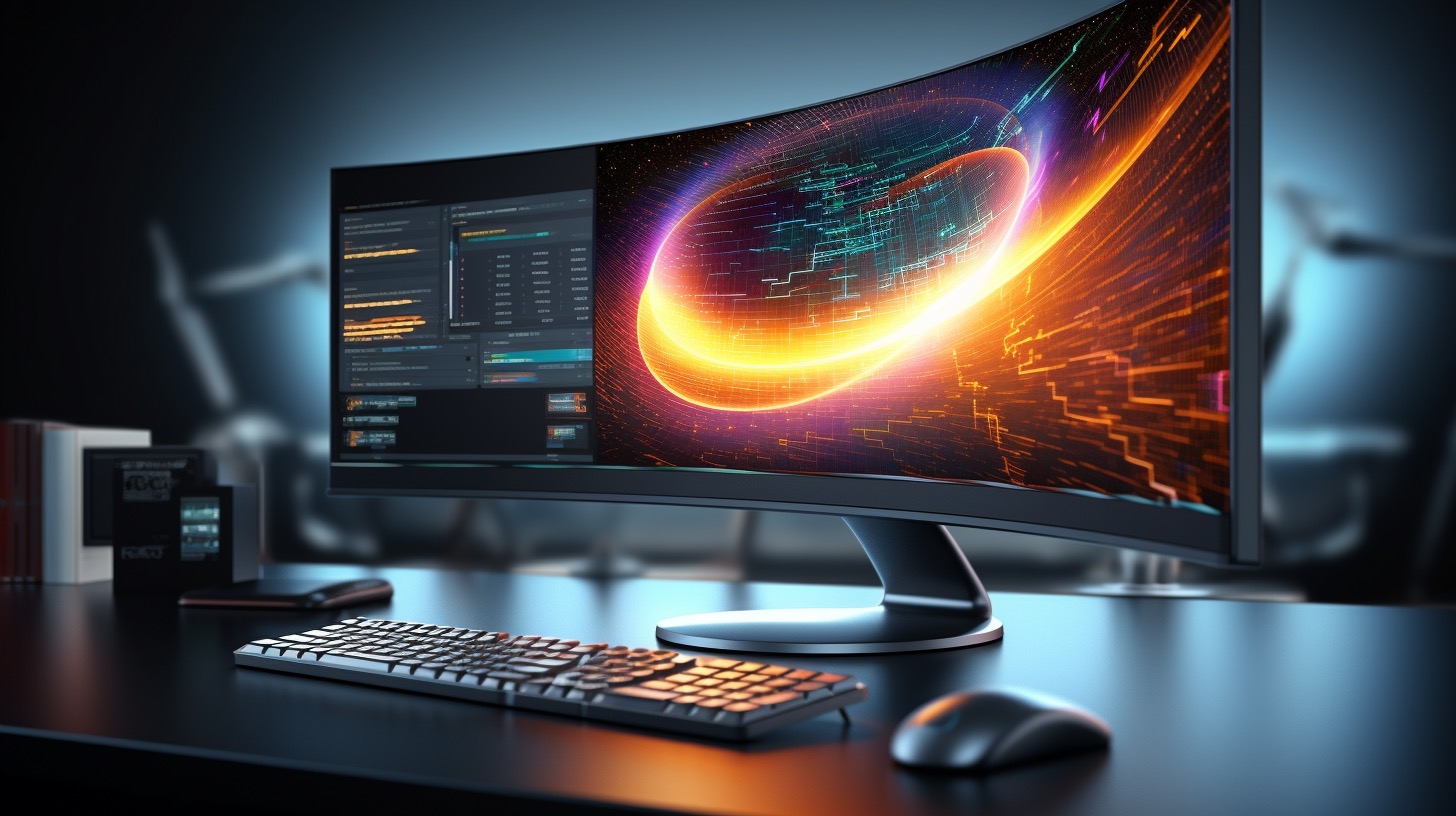Scientists from Kobe University have developed a groundbreaking method for gamma-ray imaging of neutron stars, which allows for the most accurate imaging in history. Gamma rays, known for their high energy, pose a challenge for traditional detection methods due to their short wavelength and inability to interact with matter in the same way as other forms of light. This leads to limited observation and study of cosmic objects such as supernovae and their remnants.
To overcome this limited observational capability, a team of astrophysicists from Kobe University decided to apply an unconventional material used in photography – photographic films – to detect radioactivity. By utilizing the high sensitivity of these films and modern data acquisition and analysis techniques, researchers arranged multiple layers of photographic films that recorded the path of particles resulting from gamma-ray impacts – similar to how a stack of pancakes records the direction of a straw.
To maintain stability and minimize atmospheric disturbances, the film stack was attached to a scientific observation balloon that carried it to an optimal height of 35 to 40 kilometers. However, the movement of the balloon posed a challenge in maintaining the telescope’s orientation. To address this, cameras were attached to record the position of the gondola relative to the stars.
Another challenge was determining the precise timing of gamma-ray impacts, as photographic films do not naturally record time. To solve this problem, researchers employed a mechanical device resembling a clock that moved the lower three layers of film at different speeds. By analyzing the relative displacement of traces on these layers, the exact timing of the impact could be calculated and correlated with the camera recording.
The team of scientists successfully captured the first image using this technique, presenting an image of the Vela pulsar, a rapidly spinning neutron star that emits gamma rays like a lighthouse. Published in the Astrophysical Journal, the image exhibits unparalleled accuracy and resolution. Researchers recorded trillions of traces with a precision of 1/10,000 millimeters, providing valuable information about the origin and behavior of gamma-ray emissions from cosmic objects.
This revolutionary method represents a significant milestone in our ability to study gamma rays and opens new possibilities for observation and understanding of the most fascinating phenomena in the universe.
FAQ
The source of the article is from the blog aovotice.cz
